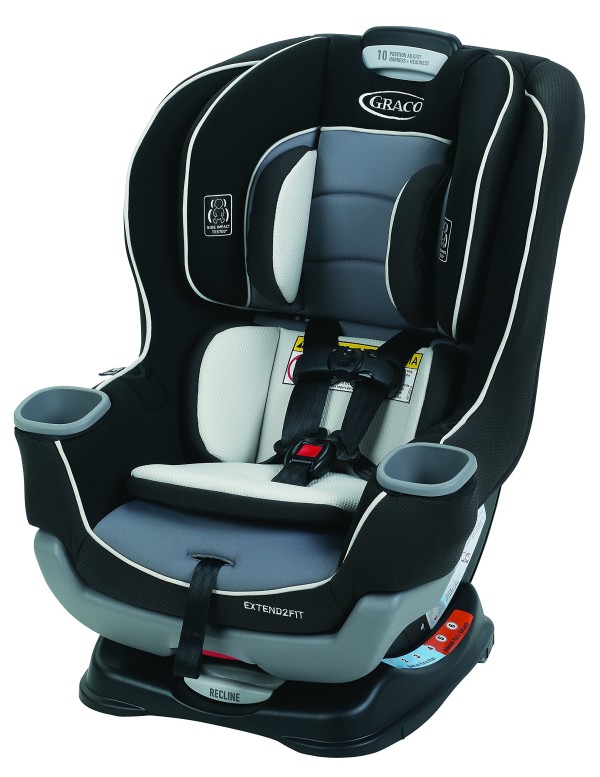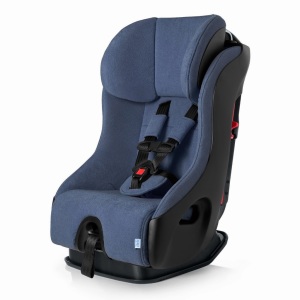
On January 1st, 2019, Illinois will become one of a handful of states throughout the US to require rear-facing infants from birth until age 2. The standard requirement to rear-face in the United States ends at age 1, which isn’t optimal, since research in Sweden has consistently shown benefits for extended rear-facing until 4. In fact, rear-facing remains the safest position for travel in a moving vehicle regardless of age (yes, including into and throughout adulthood). However, the greatest benefits of extended rear-facing are during the first five years of life when the spinal and cervical structures are most fragile in young children. Good job Illinois!
What exactly is the new Illinois law on rear-facing?
The exact language in the bill, HB4377, is contained here. The law itself is Public Act 100-0672, which you can read here. Here’s the most important part:
When any person is transporting a child in this State who
is under the age of 2 years in a motor vehicle of the first
division or motor vehicle of the second division weighing 9,000
pounds or less, he or she shall be responsible for properly
securing the child in a rear-facing child restraint system,
unless the child weighs 40 or more pounds or is 40 or more
inches tall.
In other words, if you’re driving a normal vehicle (one weighing under 9,001 pounds, which describes just about any car, pickup truck, SUV, or minivan you can buy), you need to rear-face any children traveling in the vehicle who are under the age of 2 unless these children weigh 40 pounds or more or are 40 or more inches tall. Given the fact that virtually no children are going to weigh 40 pounds or reach 40 inches before their second birthdays (see growth charts for boys and girls here), the rule effectively applies to all children under the age of 2.
But my infant has outgrown his or her infant seat! What do I use?

If you’re worried about compliance with the new law because your baby isn’t going to make it to 2 in his or her infant seat, worry no more. Virtually no babies do! This is precisely why convertible car seats exist. While most parents drive their babies home from the hospital in infant seats, it’s perfectly legal to do so in a convertible seat as long as it fits your baby by weight and has harness straps or an infant insert that allow you to get a proper fit. At any rate, whether you start out with an infant seat and switch to a convertible or start with a convertible seat from day one, you’ve got a lot of seats to choose from. I typically recommend the Graco Extend2Fit; it’s one of the cheapest extended-rear facing convertibles on the market yet it’ll allow you to rear-face as long as any seat currently available in the United States thanks to its 50 pound weight limit and 49″ height limit.
What are the best convertibles for extended-rear facing and 3 across compatibility?

If you need a narrower seat due to having multiple children (hello 3 across car seat guide!) or wanting to carry adult passengers, my standard recommendation is the Clek Fllo. At 17″ wide, it’s one of the two narrowest seats on the market that allow you to rear-face until 50 pounds (the other being its brand twin the Clek Foonf). It’s important to note, however, that in order to rear-face from birth, you’ll need to pick up the Infant-thingy insert, or else you’ll have a minimum weight of 14 pounds for rear-facing. If you’re wondering what the differences are between the Fllo and the Foonf, you can read about them here. In short, though, for most families considering both seats, the Fllo will be the better choice.
 If you find my information on best practices in car and car seat safety helpful, you can buy my books here or do your shopping through this Amazon link. Canadians can shop here for Canadian purchases. Have a question or want to discuss best practices? Send me an email at carcrashdetective [at] gmail [dot] com.
If you find my information on best practices in car and car seat safety helpful, you can buy my books here or do your shopping through this Amazon link. Canadians can shop here for Canadian purchases. Have a question or want to discuss best practices? Send me an email at carcrashdetective [at] gmail [dot] com.

